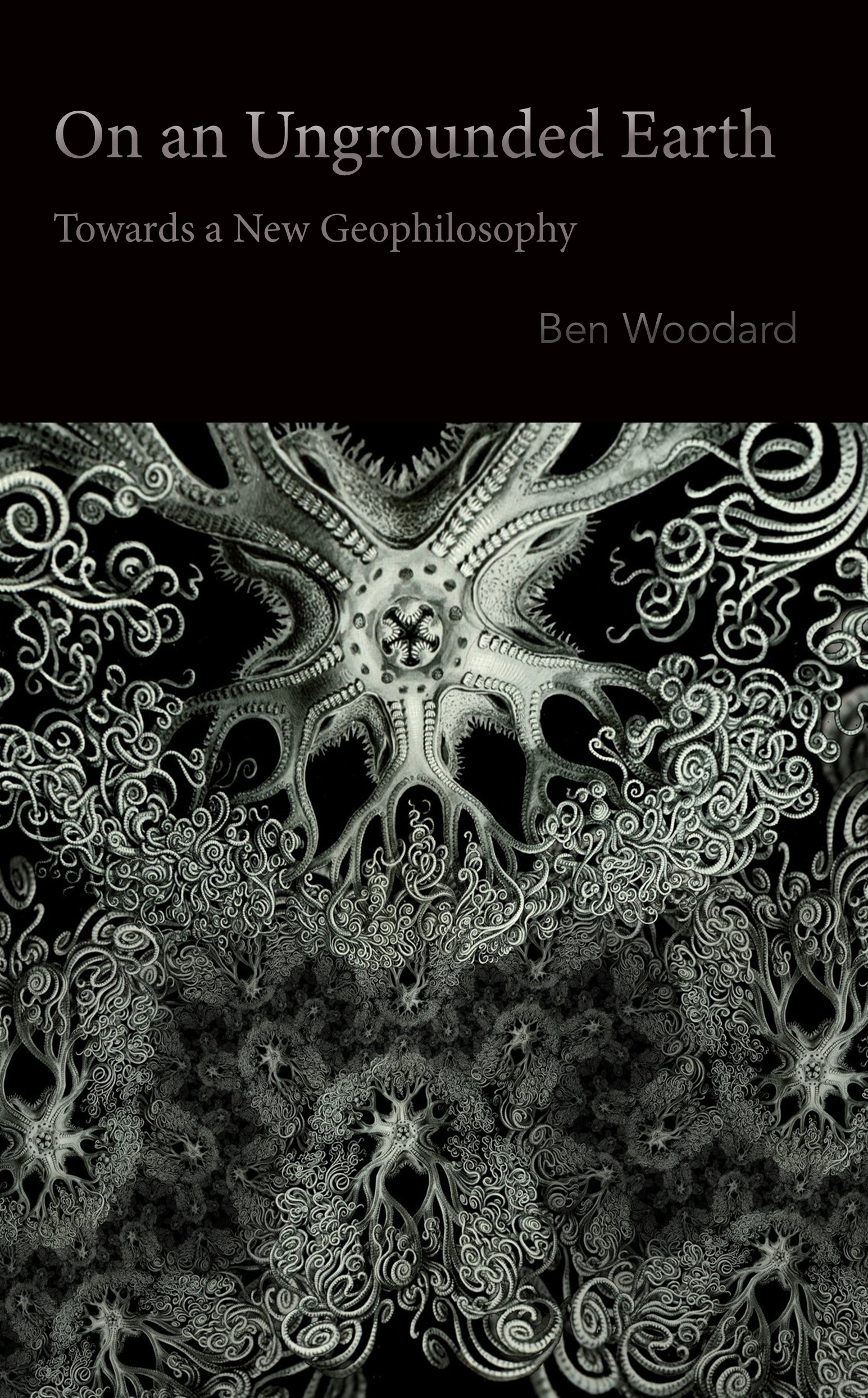Michelle Kasprzak (ed.): Blowup: Speculative Realities (2013)
Filed under book | Tags: · art, media art, object-oriented ontology, philosophy, speculative realism
“This eBook explores the significance of the recent philosophic movements known as object-oriented ontology and speculative realism for the visual and media arts. It was edited in connection to the Speculative Realities exhibition.
Two artists and one collaborative duo were commissioned to make new artworks reflecting broadly on concepts within object-oriented ontology and speculative realism. The artists were Tuur van Balen & Revital Cohen, Cheryl Field, and Karolina Sobecka.
To supplement the descriptions of the works and brief interviews with the artists in this eBook, three new interviews were commissioned. Sven Lütticken was interviewed by Rachel O’Reilly, Jussi Parikka was interviewed by Michael Dieter, and Rick Dolphijn was interviewed by Michelle Kasprzak.
The exhibition took place from December 8, 2012 until January 11, 2013 at Roodkapje, Meent 133, Rotterdam.”
Publisher V2_, Rotterdam, January 2013
Blowup Readers series, Vol. 6
55 pages
Ben Woodard: On an Ungrounded Earth: Towards a New Geophilosophy (2013)
Filed under book | Tags: · dark vitalism, earth, geophilosophy, philosophy, science fiction, speculative realism, xenoarcheaology

“For too long, the Earth has been used to ground thought instead of bending it; such grounding leaves the planet as nothing but a stage for phenomenology, deconstruction, or other forms of anthropocentric philosophy. In far too much continental philosophy, the Earth is a cold, dead place enlivened only by human thought—either as a thing to be exploited, or as an object of nostalgia. Geophilosophy seeks instead to question the ground of thinking itself, the relation of the inorganic to the capacities and limits of thought. This book constructs an eclectic variant of geophilosophy through engagements with digging machines, nuclear waste, cyclones and volcanoes, giant worms, secret vessels, decay, subterranean cities, hell, demon souls, black suns, and xenoarcheaology, via continental theory (Nietzsche, Schelling, Deleuze, et alia) and various cultural objects such as horror films, videogames, and weird Lovecraftian fictions, with special attention to Speculative Realism and the work of Reza Negarestani. In a time where the earth as a whole is threatened by ecological collapse, On an Ungrounded Earth generates a perversely realist account of the earth as a dynamic engine materially invading and upsetting our attempts to reduce it to merely the ground beneath our feet.”
Publisher punctum books, Brooklyn, NY, 2013
Creative Commons BY-NC-ND 3.0 License
ISBN 9780615785387
118 pages
Reviews: David Peak (Heavy Feather Review, 2013), Kai Bosworth, Harlan Morehouse, Rory Rowan (Society & Space, 2014), Christopher Vitale (2015).
Comment (0)Graham Harman: The Quadruple Object (2011)
Filed under book | Tags: · metaphysics, object-oriented ontology, ontography, ontology, panpsychism, phenomenology, philosophy, speculative realism

The book uses a pack of playing cards to present Harman’s metaphysical system of fourfold objects, including human access, Heidegger’s indirect causation, panpsychism and ontography.
In this book the metaphysical system of Graham Harman is presented in lucid form, aided by helpful diagrams.
In Chapter 1, Harman gives his most forceful critique to date of philosophies that reject objects as a primary reality. All such rejections are tainted by either an undermining or overmining approach to objects. In Chapters 2 and 3, he reviews his concepts of sensual and real objects. In the process, he attacks the prestige normally granted to philosophies of human access, which Harman links for the first time to the already discredited Menos Paradox. In Chapters 4 through 7, Harman brings the reader up to speed on his interpretation of Heidegger, which culminates in a fourfold structure of objects linked by indirect causation. In Chapter 8, he speculates on the implications of this theory for the debate over panpsychism, which Harman both embraces and rejects. In Chapters 9 and 10, he introduces the term ontography as the study of the different possible permutations of objects and qualities, which he simplifies with easily remembered terminology drawn from standard playing cards.
Publisher Zero Books, 2011
ISBN 1846947006, 9781846947001
148 pages
review (Adam Robbert, Knolwedge Ecology)
review (Christopher Kullenberg)
PDF (no OCR)
Comment (0)
